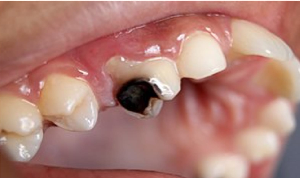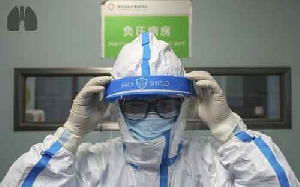
Abstract
Rationale.
In patients with chronic obstructive pulmonary disease (COPD), reduced quadriceps strength (QS) is associated with poor prognosis. Measuring QS requires specific equipment and expertise, which limits its dissemination. Chest computed tomography (CT) scans are routinely performed in COPD patients. It was hypothesised that pectoralis muscle area (PMA) derived from chest CT scans was related to QS, and that low QS could be derived from PMA in stable COPD patients.
Methods.
In a retrospective cross-sectional study, thoracic CT scans and QS were obtained simultaneously. The highest value of QS of the dominant leg was recorded (in kg). PMA (sum of right and left measurements, in cm2) was obtained from a single axial inspired CT slice over the aortic arch.
Results.
82 outpatients with stable COPD at different levels of severity were analysed. The unadjusted R2 correlation between PMA and QS was 0.32. A formula for estimating QS from PMA was established: eQS=25.2+0.41×PMA (cm2)-0.29×age (y)+6.36 (if male) (R2=0.43). The area under the ROC curve for identifying low QS (lowest tercile of the studied population) with PMA was 0.76 (95% CI: 0.65–0.87), with a PMA threshold of 28.5 cm2.
Conclusions.
PMA is a reliable surrogate for QS assessment in routine COPD management. This easily accessible imaging biomarker could be used to identify COPD patients with low quadriceps strength, not only for prognostic purposes but also to enable them to benefit from interventions aimed at improving muscle weakness.














